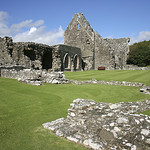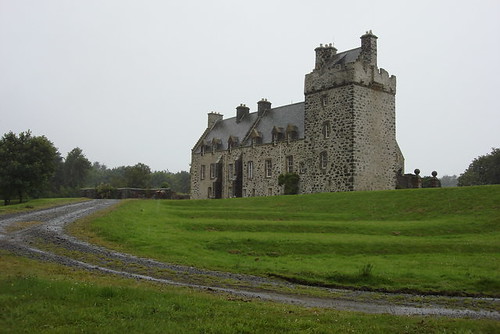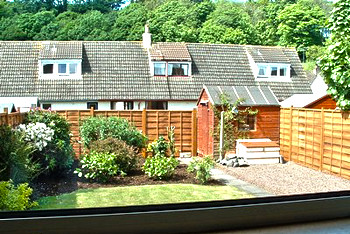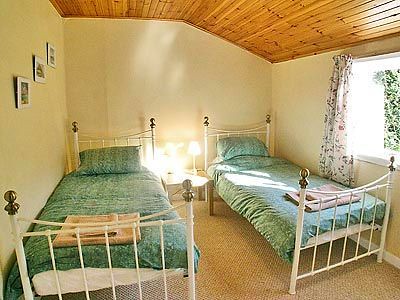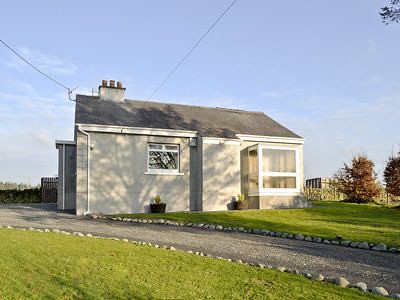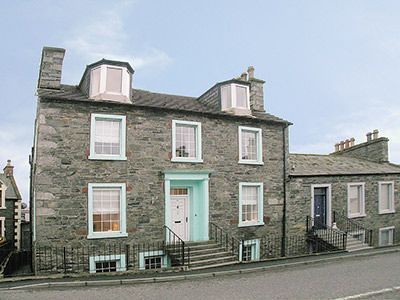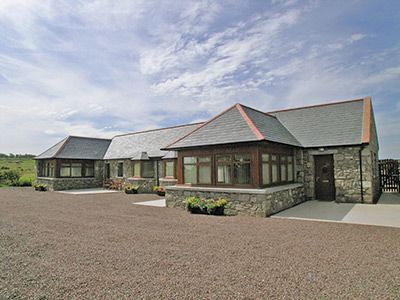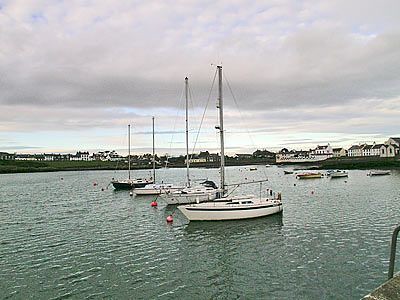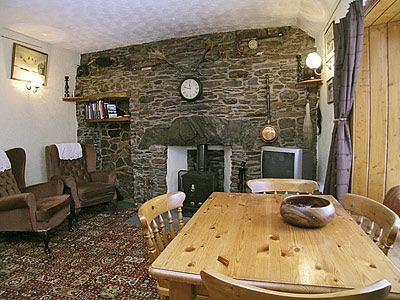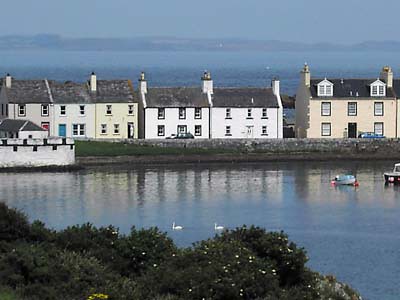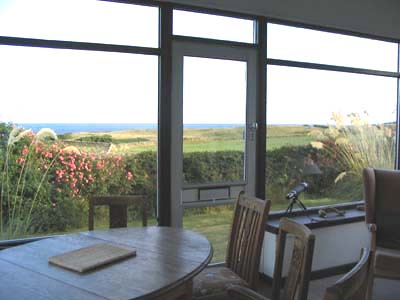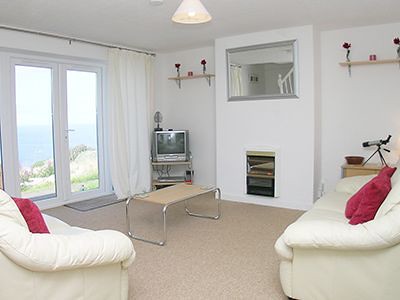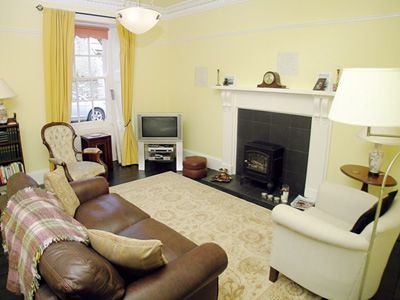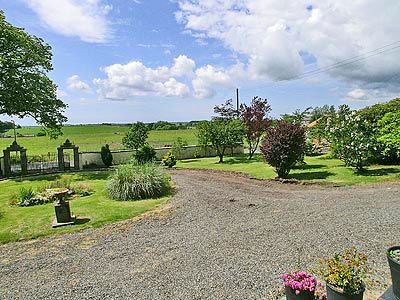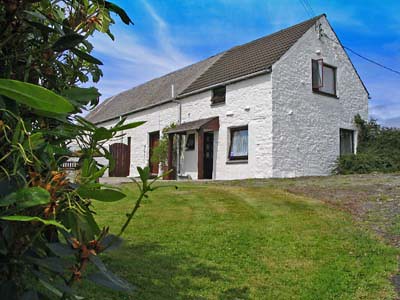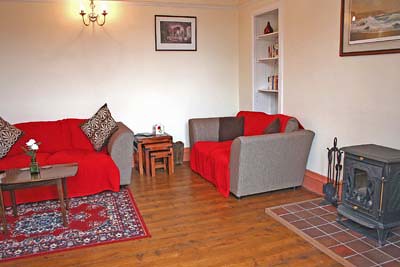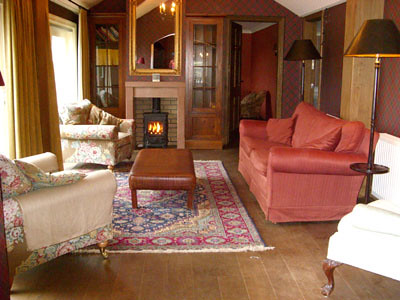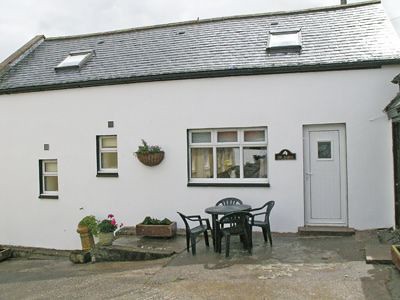Glenluce Abbey
Possibly located to provide hospitality for pilgrims for St Ninian, the abbey remains in relatively good condition with transept walls still standing and reconstructed cloister.
Description from Historic Scotland:
A Cistercian retreat
Glenluce Abbey was founded around 1192 by Roland, Lord of Galloway. The white-clad Cistercian monks who settled in this secluded valley of the Water of Luce most probably came from Dundrennan Abbey, near Kirkcudbright. They brought with them not only the austere way of life for which the Cistercians were renowned, but also the sombre splendour of their architecture.
Monastic life lasted for 400 years, but because no cartulary – or register – for the abbey survives, its history is sketchy. We catch glimpses of a community going about its spiritual and temporal business much like Cistercian monasteries elsewhere.
The Protestant Reformation of 1560 changed all that. The 15 monks in residence at this watershed in Scottish history embraced the reformed religion. In return, they were allowed to live out the remainder of their days in their crumbling cloister. Abbot Thomas and five monks were still there in 1572, but shortly after that the centuries of prayer came to an end.
Church and cloister
The plan of the abbey conforms more or less to the standard format laid down by the Cistercian order. The cruciform church was placed on the north, to ensure its great size did not block out the sun from the domestic ranges that nestled beside it. These domestic buildings were organised around an open cloister. Substantial parts of the abbey church of St Mary the Virgin remain. They include the south transept and part of the presbytery.
The cloister is less well-preserved, but the overall layout of the domestic quarters can be followed. The most impressive surviving building is the chapter house, the brethren’s business room in the east range. It was built late in the monastery’s life, but its fine entrance doorway, stone-vaulted ceiling and traceried windows still contrive to impress. They also convey that atmosphere of peace and serenity which was so essential to the monastic way of life.
A museum of monastic life
Glenluce Abbey came into State care in 1933, and the work of conservation and repair began. During clearance of the rubble, many artefacts were discovered. These are now on display in the little visitor centre beside the ruined abbey. They combine to cast a wonderful shaft of light on the daily lives of the monks across the four centuries they were here. The treasures include decorated clay floor tiles from their church and pottery. Most unusually, there are clay and lead pipes from the abbey’s unusual water-supply system, which can still be traced on site.


